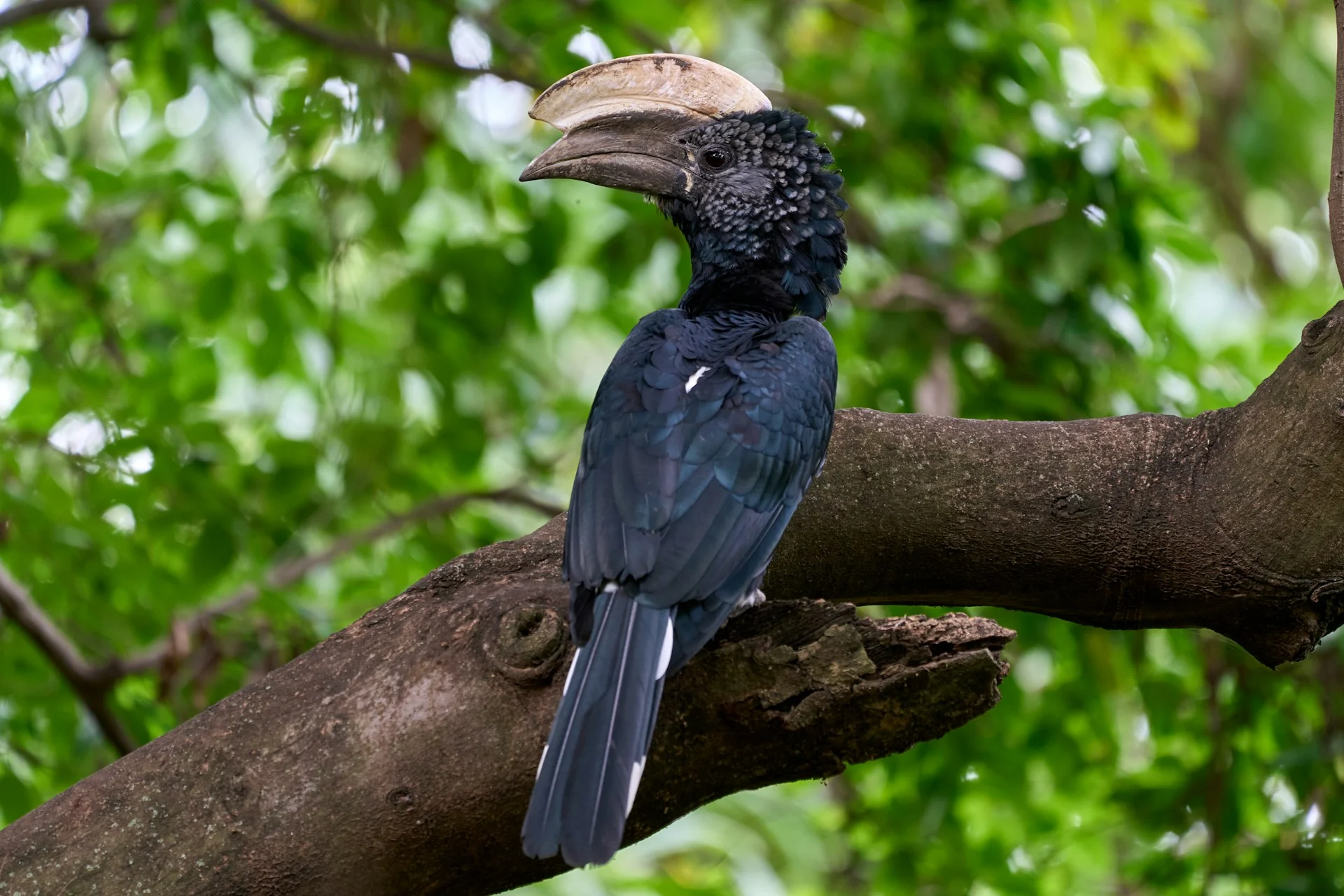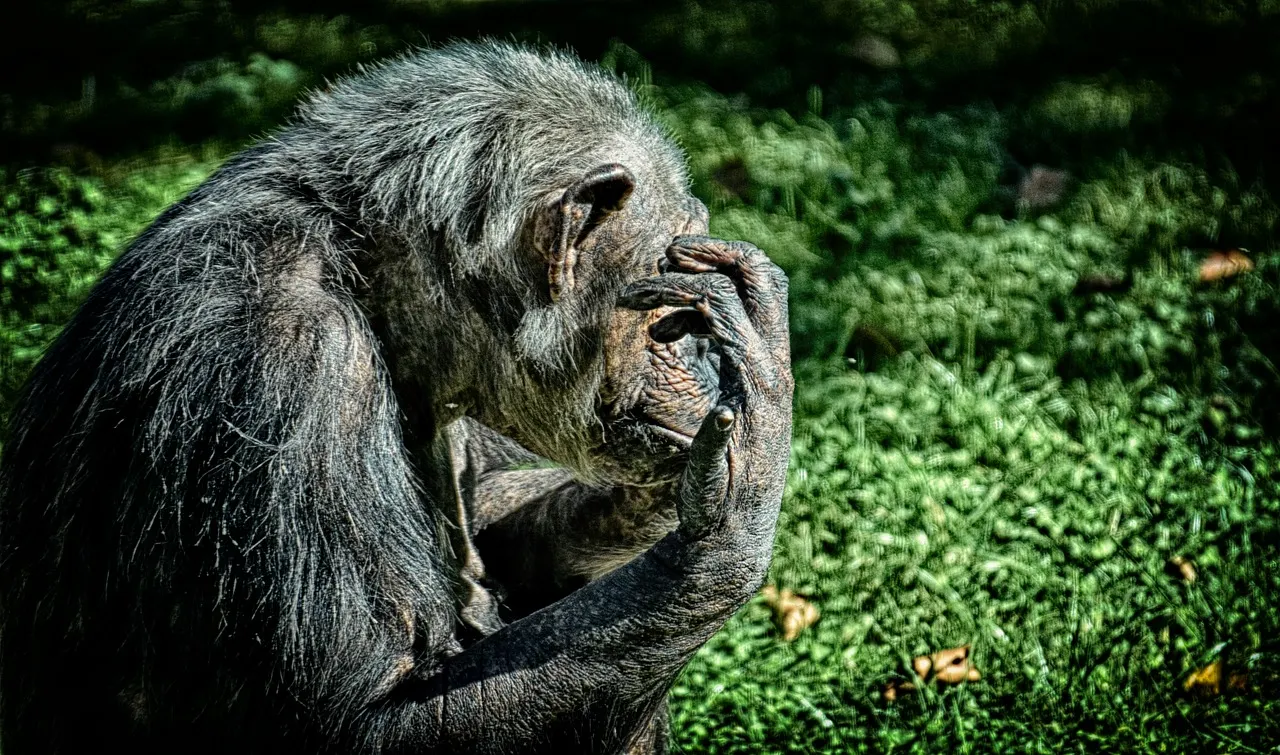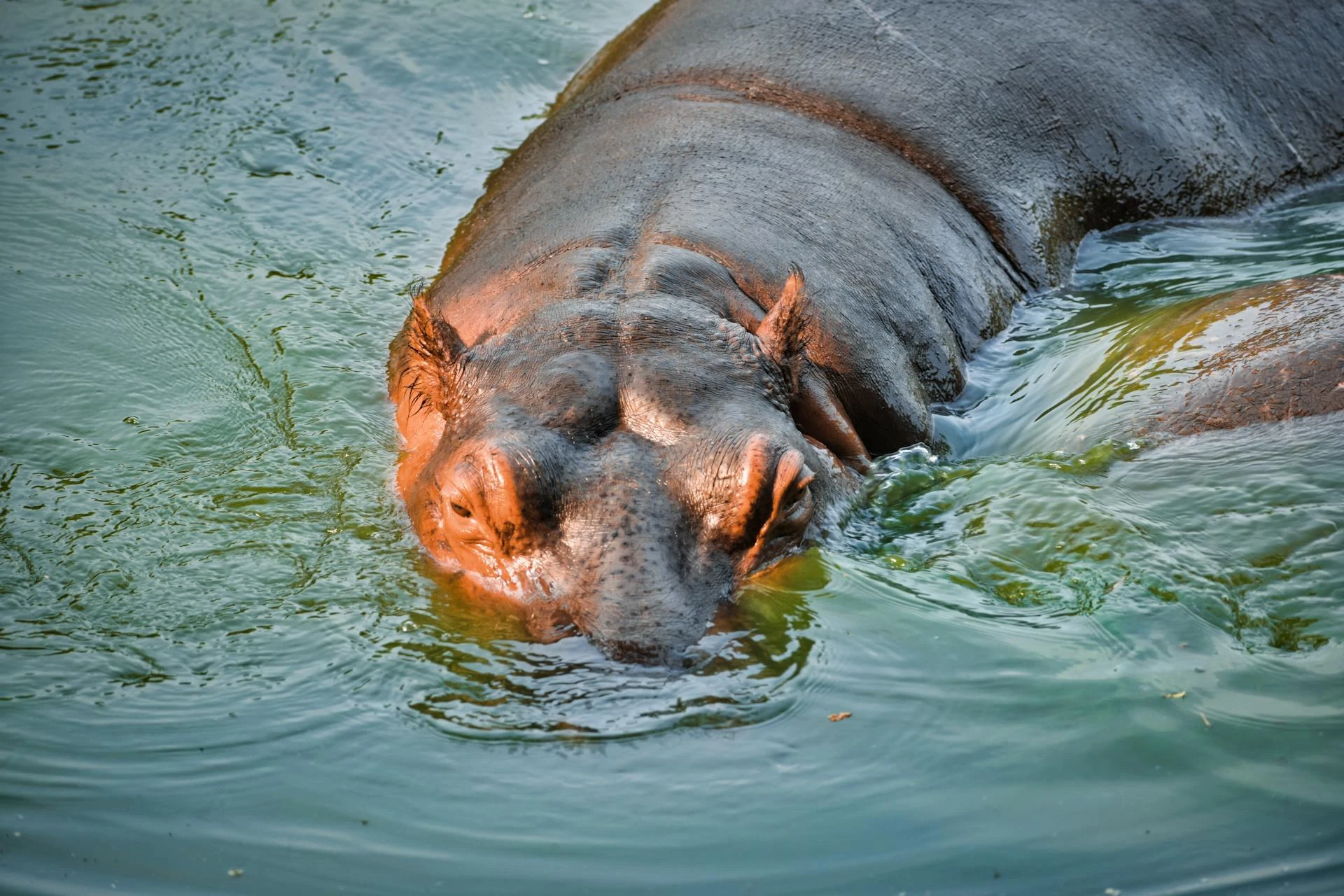Pros and Cons of Rubondo national Park
Off-the-beaten-track chimp trekking destination
Pristine rainforest with great birding
Forest drives, boat trips, and fishing are available.
Easier to reach than Tanzania’s more established chimp trekking destinations
Limited accommodation options
Limited forest trails for chimp trekking
Chimps are only semi-habituated, and chimp trekking can be challenging.
Wildlife
Chimpanzees were first introduced to Rubondo Island in the 1960s. They have since reproduced, and their wild offspring have split into two separate chimpanzee communities, one of which is used for chimpanzee trekking (Chimpanzee Habituation Experience). Other introduced wildlife includes elephants and giraffes. And although the heavyweights can hide themselves remarkably well, Rubondo is one of the best places in Africa to see the shy sitatunga antelope. The main attraction in Rubondo Island National Park is its population of semi-habituated chimpanzees. The island also supports breeding populations of giraffes and elephants. Your guide will take you out by car or boat to find these animals, but you won’t even need to make a special excursion to see bushbuck, which are abundant all over the island, as well as the marsh-loving sitatunga.
The Best Time to Visit
The best time to visit Rubondo Island is from June to September, when it is mostly sunny and dry. This is a great time to explore the island and track chimps. During the wet season (November to May), chimpanzee trekking might be more challenging because the forest paths become muddy and slippery. Positives of the wet season are the abundance of birds, flowers, and butterflies. Note that the only private lodge in the park is closed from April to May (National Park accommodation remains open).


